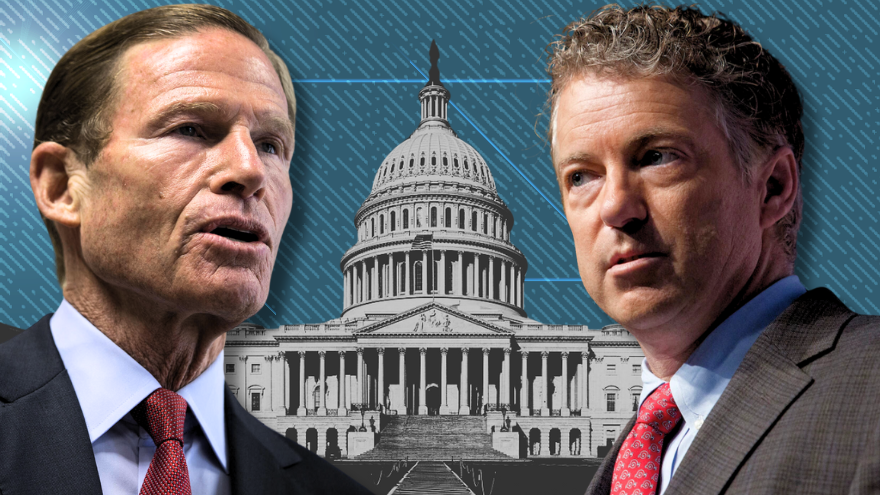The interim report, released by the bipartisan Senate Homeland Security and Governmental Affairs Committee, outlines a series of missteps that led to the July 13, 2024, assassination attempt. Chief among the findings was the Secret Service’s failure to clearly define roles and responsibilities for planning and securing the event. For instance, the advance team preparing security measures for the rally was unable to agree on who held authority to approve key decisions, creating confusion and gaps in security planning. The report also concluded that the Secret Service failed to ensure adequate surveillance of the American Glass Research (AGR) building, the location from which the shooter fired. Additionally, communication breakdowns between the Secret Service and local law enforcement exacerbated the security failures. In one instance, local law enforcement officers spotted the shooter with a rangefinder before the attack but did not relay the information to Trump’s security detail in time. To reach its findings, the committee interviewed local law enforcement and reviewed more than 2,800 pages of documents provided by the Secret Service, along with audio recordings of personnel involved in the event. “What happened on July 13 was an accumulation of errors that produced a perfect storm of stunning failure,” Chairman Richard Blumenthal (D-Conn.) said in a joint statement with other members of the committee. “Looking forward, we need structural reform in the agency itself.” The report also revealed that decisions made by Secret Service managers directly contributed to Trump’s vulnerability at the event. These decisions included denying requests for additional security resources, such as surveillance drones and a Counter Assault Team liaison. Despite receiving "credible intelligence" of a potential threat, the Secret Service did not respond adequately. The report indicates that there was no coordinated effort to remove Trump from the stage, even when signs of an imminent threat became apparent. “Not only did USSS fail to ensure the AGR roof was adequately covered, they were also aware of a suspicious individual with a rangefinder for at least 27 minutes and did not delay proceedings or remove former President Trump from the stage, even after being informed that the suspicious individual was on the roof of the AGR building,” said Ranking Member Rand Paul (R-Ky.). “Someone needs to be held accountable for these egregious failures by the USSS, and despite USSS, DHS, FBI, ATF, and other federal agencies’ continued obstruction of our bipartisan investigation, I will continue to push for answers and accountability.” The report concludes with several recommendations to address the security failures identified in the investigation. Among them, lawmakers urged the Secret Service to establish clear roles and responsibilities for personnel involved in planning and executing security at high-profile events. The committee also called for improved intelligence sharing and the prioritization of resource allocation based on threat levels, rather than the position or title of the protectee.A new congressional report details critical security failures by the U.S. Secret Service that contributed to the shooting of former President Donald Trump during a campaign rally in Butler, Pennsylvania.
Bipartisan Report Details Security Lapses in Trump Shooting at Pennsylvania Rally
Lawmakers say despite receiving 'credible intelligence' of a potential threat, the Secret Service did not respond adequately

*For corrections please email [email protected]*